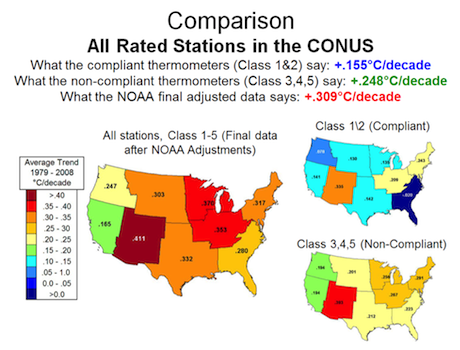Garth Zietsman does the statistics on pornography. First the objections of various groups:
The sociological objection is that pornography decreased respect for long-term, monogamous relationships, and attenuates a desire for procreation. Pornography can “potentially undermine the traditional values that favor marriage, family, and children”, and that it depicts sexuality in a way which is not connected to “emotional attachment, of kindness, of caring, and especially not of continuance of the relationship, as such continuance would translate into responsibilities”
The religious/conservative objection is similar to the sociological objection. They argue that this industry undermines the family and leads to the moral breakdown of society. They say that it is amoral, weakens family values, and is contrary to the religion’s teachings and human dignity.
Some feminists argue that it is an industry which exploits women and which is complicit in violence against women, both in its production (where they charge that abuse and exploitation of women performing in pornography is rampant) and in its consumption (where they charge that pornography eroticizes the domination, humiliation, and coercion of women, and reinforces sexual and cultural attitudes that are complicit in rape and sexual harassment). They charge that pornography contributes to the male-centered objectification of women and thus to sexism.
Other objections are that the sex industry is sometimes connected to criminal activities, such as human trafficking, illegal immigration, drug abuse, and exploitation of children (child pornography, child prostitution). However these effects are related not so much to pornography as to prostitution.
Then a small sampling of the findings (it’s a long post):
Firstly (using the General Social Survey) I found no relationship between being pro the legality of porn, or propensity to watch porn, and pro social behaviors e.g. volunteer work, blood donation, etc.
We can dismiss the feminist (and sociological) charges of porn increasing sexual violence and leading to sexism. The USA, Sweden, Germany, Netherlands (2) and Japan were just some of the countries that suddenly went from no legal pornography to quite widespread availability and consumption of it. These studies all found that greater availability of, and exposure to, pornography does not increase the rate of sexual assaults on women, and probably decreases it (3). Japanese porn is quite frequently violent and yet even there rape decreased from an already very low base. It’s interesting that an increase in porn exposure decreases sexual violence only, and has no effect on other crime. Economists would put this down to a substitution effect.
Several countries have sex offender registers — mainly of pedophiles. A wide variety of professions are represented on these registers. Members of professions that supposedly promote morality e.g. clerics or teachers, are quite common on it yet conspicuously absent from such registers are men who have worked in the porn industry.
This study (1) found no relationship between the frequency of x-rated film viewing and attitudes toward women or feminism. From the GSS (controlling for IQ, education, income, age, race and ideology) I found that those who are pro the legality of porn are less likely to support traditional female roles, more likely to be against preferential treatment of either gender, and to find woman’s rights issues more frequently salient. Although I found that women’s rights issues are less salient to male watchers, and female watchers are less likely to think women should work, I also found that watching porn is unrelated to negative attitudes toward women and feminism.
In short exposure to and tolerance of pornography does not cause anti-social behavior (and may even reduce it in relation to sex) and does not get in the way of pro social behavior either.
H/T to Tyler Cowen for the link.




